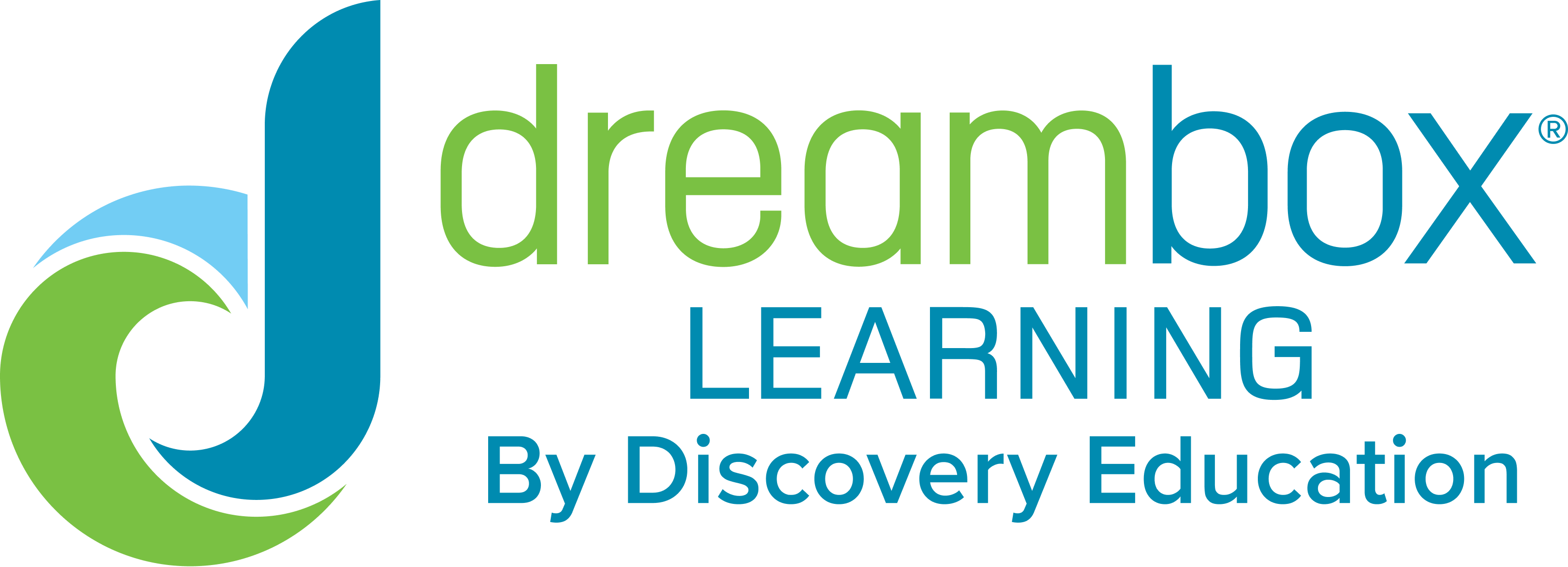In Fall 2020, DreamBox released new volume lessons featuring a 3D lesson format designed to show students the mathematical concepts behind volume. We invited DreamBox Nation educators to ask our curriculum designers about volume lessons. In the discussion, they answered questions about types of volume lessons, ways to prepare students for learning about volume, methods of practicing volume with different grades, and more! If you also have inquiries about DreamBox volume lessons, read through the top Q&As from our discussion.
In thinking back over your teaching of the concept of volume, what lesson is the best opener for this concept?
An opening lesson we have used with children quite successfully is to have them guess how many objects will fit inside a jar. One can use beans, marbles, unit cubes, or any other similar-sized object inside the jar. Typically, I’ll present the jar, ask kids to record a guess, then get a too low guess, and a too high guess agreed upon by the class. Next, we could put several the objects from the jar and then ask student to estimate how many of the object remain. The key here is to let students continue to revise their estimates as they learn more information about how many objects are actually in the jar.
What models are being used to teach volume?
We use two main models. In 3rd grade, we focus on volume as the amount of fluid displaced by an object when fully submerged. In 5th grade, we introduce the idea of using unit cubes to measure the volume of prisms, but then circle back to measurement of volume using fluid displacement again.
How do you use these lessons to be most effective for students?
Our recommendation would be to let your students encounter these volume lessons on their own (i.e. wait until they show up in their lesson chooser) because the adaptive engine will only present those lessons to them when they have built a solid foundation in conceptual understanding in the prerequisite topics to volume.
How do you collaborate to design the curriculum?
That’s a great question! It all starts with a curriculum designer looking at the standards to decide what kinds of lessons might be best used for those standards. Next, they work with a user experience designer to convert those lessons into a digital format. An artist then looks at wireframes representing the lessons and creates a visual style guide so that the lessons are both functional and beautiful. We meet as a team to determine how to break the work down into a series of stories that software engineers can tackle. While the software engineers build the digital components of the lesson, the curriculum designers, user experience designers, and artists review the work on an ongoing basis. All our team has some capacity to work in code as well, so quite frequently we jump into the code to support the software engineers in implementing the design. Play-testing and making tweaks to the design of the lessons happens through-out this process so that the final lessons have gone through many iterations before we release them to students. Once students start playing the lessons, we review student performance data so that we can make further improvements in the lessons.
How often should volume lessons be used?
A key benefit of DreamBox is that students have some agency when deciding what lessons to work on. This empowers students to make choices in what they learn while limiting those choices to mathematical concepts for which we think the child is ready. Typically, this means students may play a few volume lessons in a row or they may choose to play one a week, once those lessons appear in their lesson chooser after DreamBox has identified students are ready to learn the concept of volume.
How do we find out more information about the lessons?
One way to learn more about these lessons is to look for the lessons in your Insight Dashboard. You can find a link to the volume lessons using either your activity feed or by looking up the volume standards for your state and creating an assignment for students. The activity feed works only if your students are in the middle of volume lessons. The assignment option works any time but before actually creating the assignment for students, you can click on the links to preview the Just Started Lesson, the In-Progress Lesson, or the Review lesson. This allows you to play a sample of the lessons and get a sense of how they work.
How can we help students apply the volume lessons to real life?
You may have heard the famous story of Archimedes and his bathtub where Archimedes discovered that the volume of liquid displaced by an object is equal to the volume of the object. It’s messy but students could start by measuring the volume of various objects in the same way we start our volume lessons, by measuring the objects in water. By participating in this hands-on, real-life activity, you could provide some context and some fun for students.
What grade levels are the volume lessons for?
The exact grade level of the lessons depends on your local standards, but in terms of DreamBox Learning Units, the volume lessons are split across 3rd and 5th grade. In 3rd grade, students explore volume as the amount of fluid displaced when an object is submerged and contrast the volume and mass of objects. In 5th grade, students use unit cubes to measure the volume of rectangular prisms to develop a formula for the volume of these prisms.
I’d love suggestions for how to incorporate them into science lessons
A common topic in elementary school science is understanding how phase changes for materials work. One aspect of phase changes is understanding how the volume of an object might change in different phases. Another idea is that liquids have the property that they change shape depending on what container they are in, but their volume remains constant.
When mass and weight are introduced in science, it might be helpful to circle back to the lessons in DreamBox where students either order objects by mass or compare the mass and volume of objects. This helps students distinguish mass from volume. The use of the digital scale in the mass ordering lessons could lead to an interesting discussion about the difference between mass and weight.
How do we make the lessons of volume relevant? What will resonate with students as to why they need to learn about volume?
Dan Meyer has some great videos where he uses multimedia to present stories that relate to volume and get kids wondering.
One example is his water tank lesson, where students wonder how long it will take for this tank to fill up. See https://mrmeyer.com/threeacts/watertank/
Another example is where students are given two different shaped glasses and asked to decide which glass of soda they would prefer. See http://threeacts.mrmeyer.com/youpourichoose/
In both cases, the stories are presented as puzzles for students to think about rather than presented as solutions to everyday problems students may or may not face.
To see the full Ask DreamBox Anything discussion, current DreamBox educators can head over to DreamBox Nation to learn more. DreamBox Nation is accessible directly through the Insight Dashboard.
- Log in to your dashboard, select Resources and then DreamBox Nation.
- Create a login using the same email you use for DreamBox.
If you haven’t already, be sure to check out our volume lessons overview video. David Wees, DreamBox senior curriculum designer, walks teachers through our volume lessons. If you’re gearing up for volume instruction, these lessons will be the perfect complement.

@DreamBox_Learn










